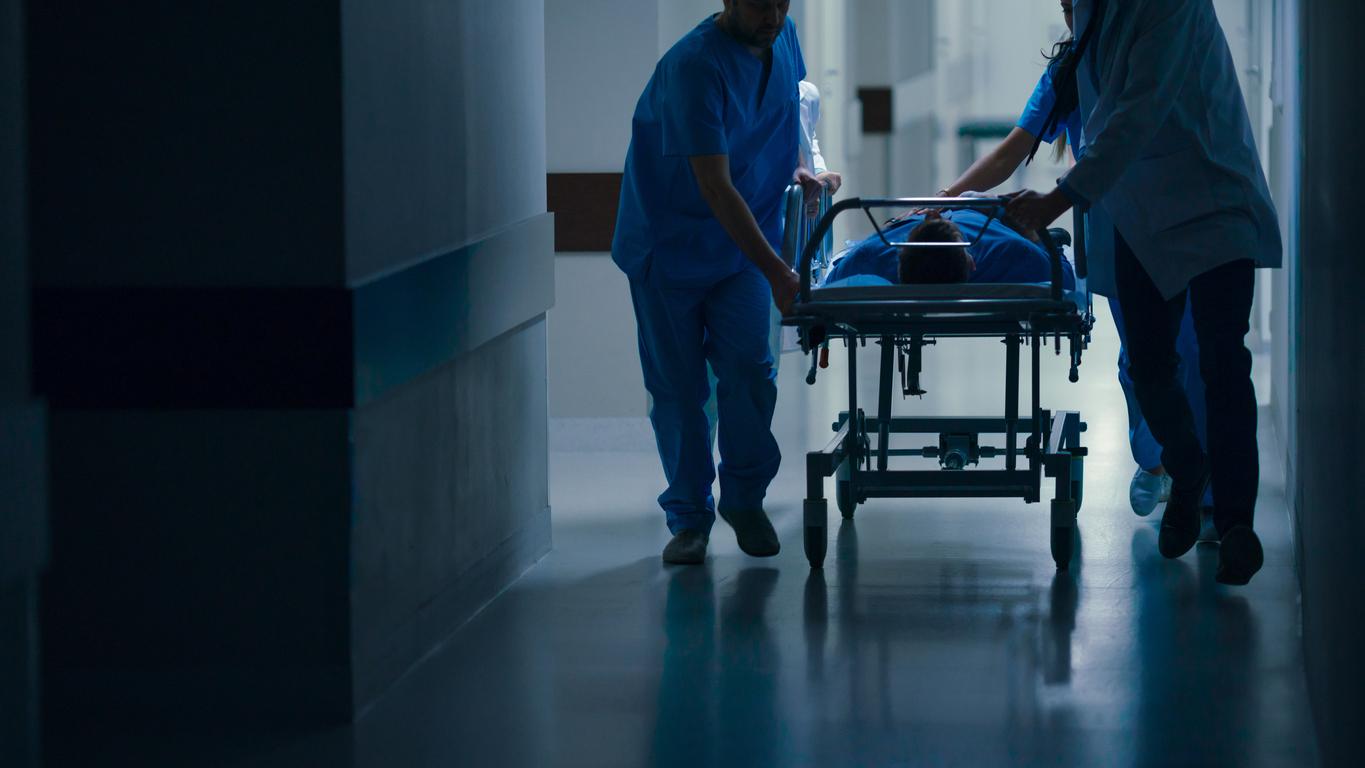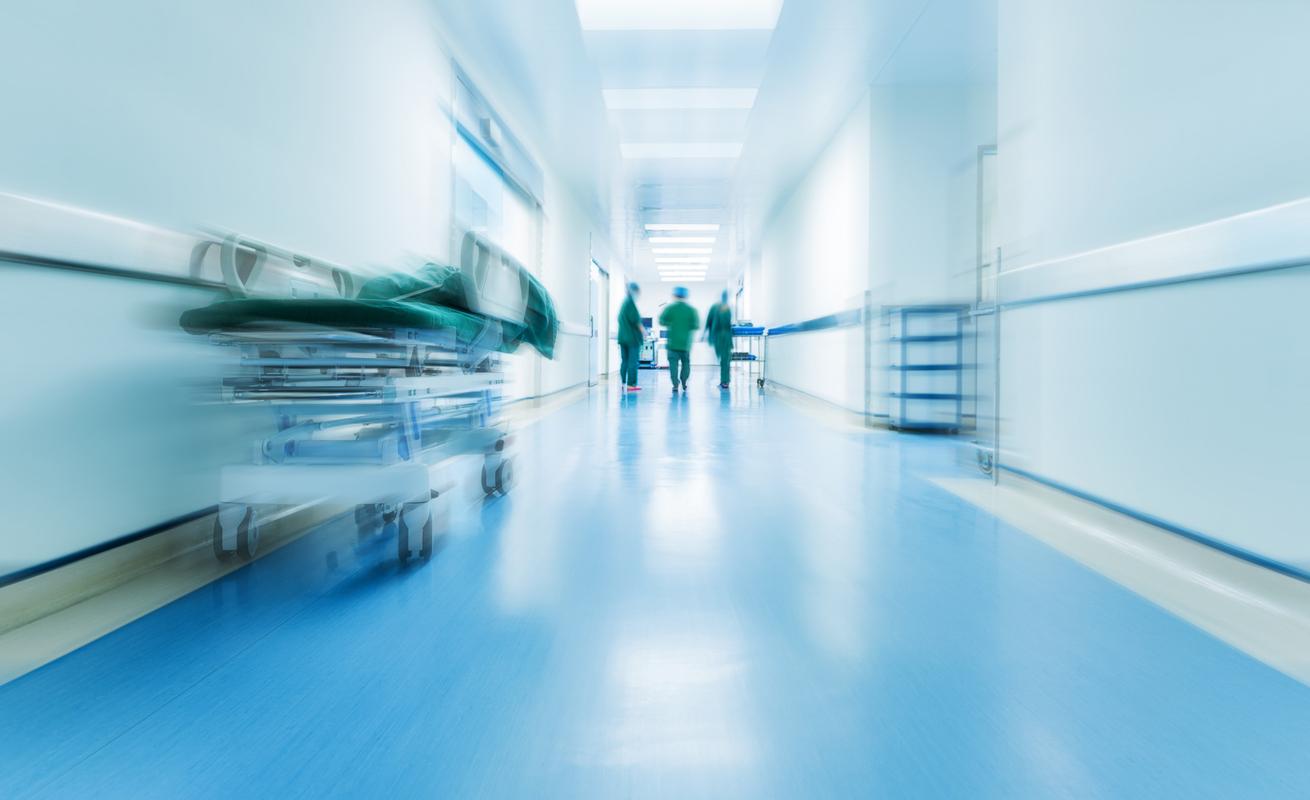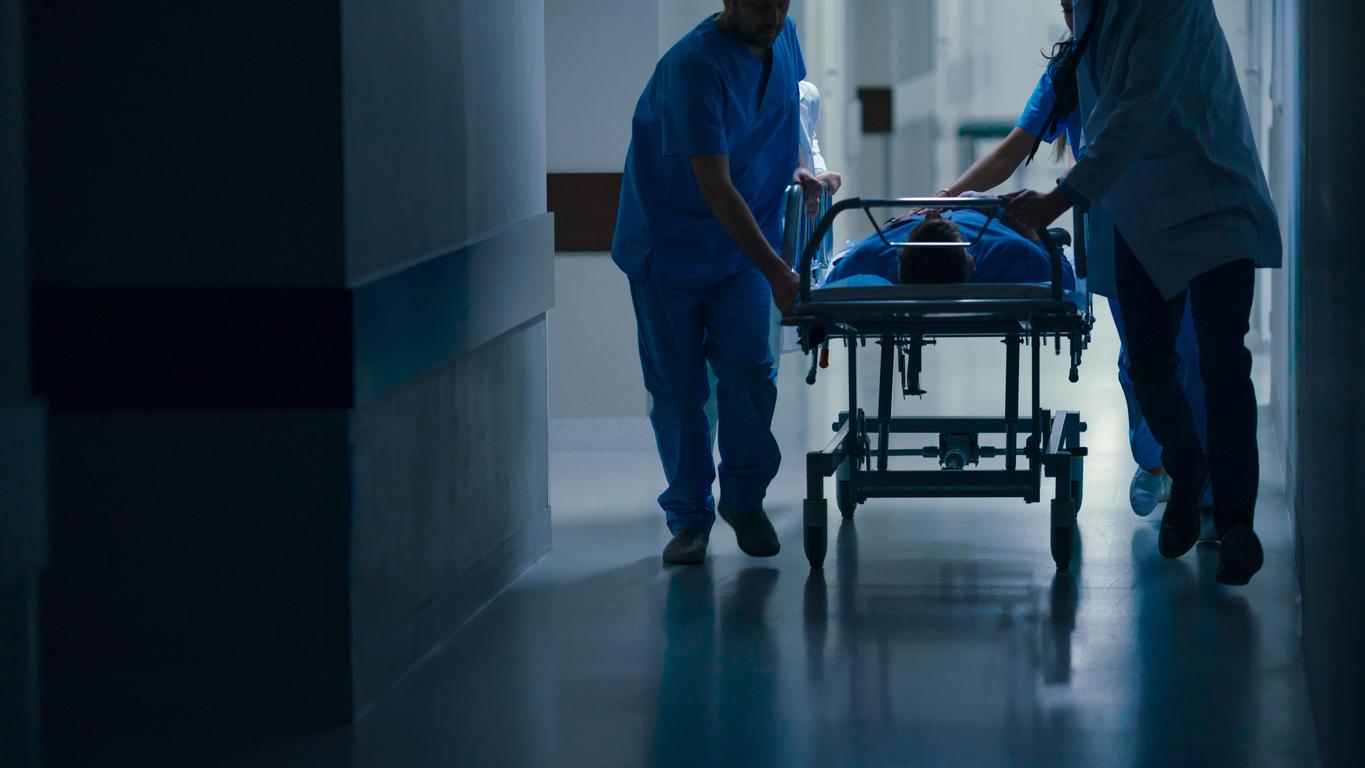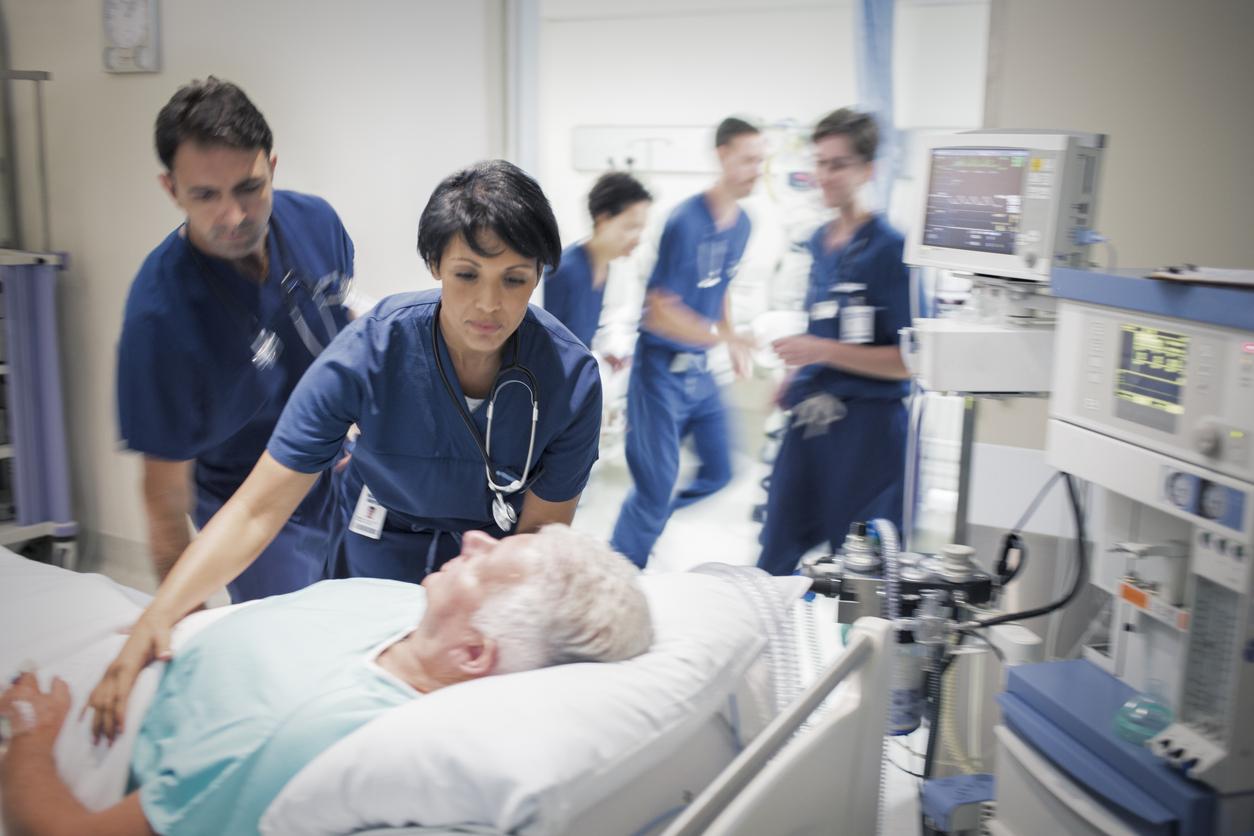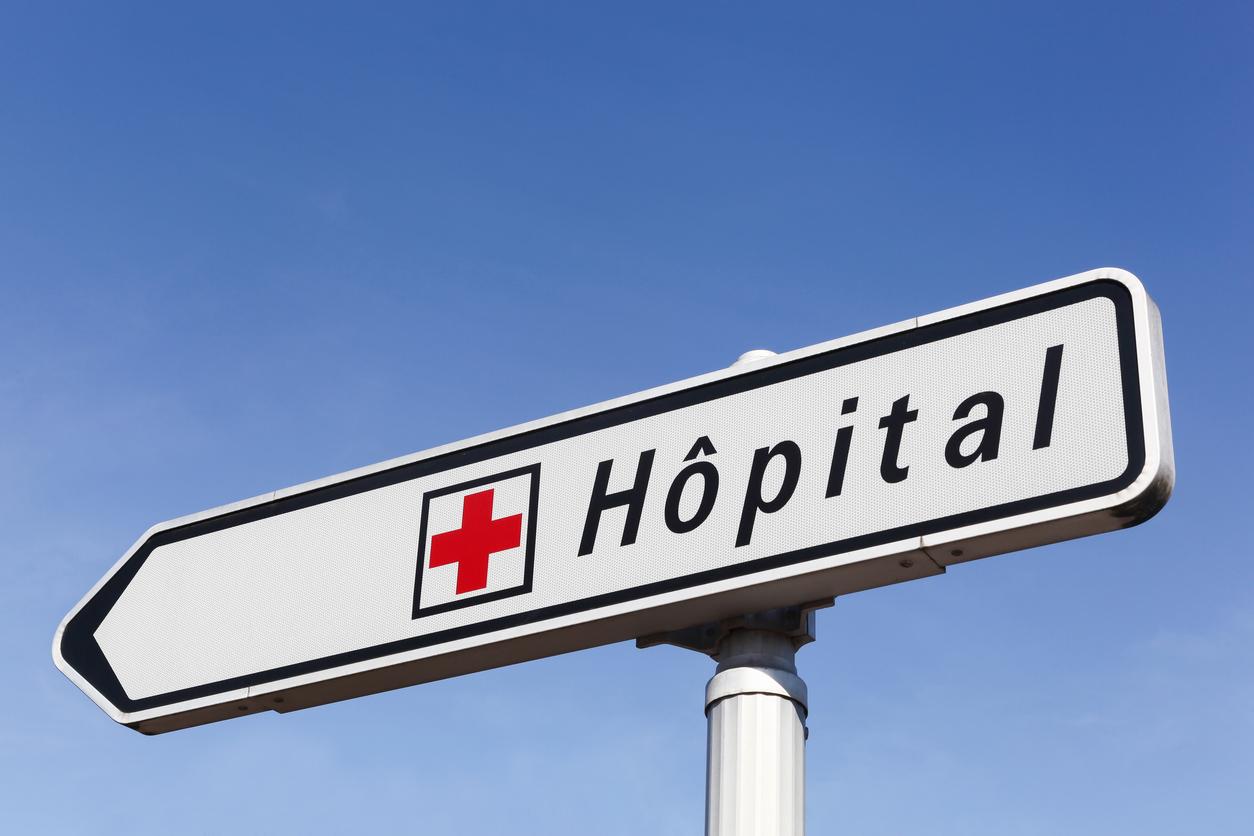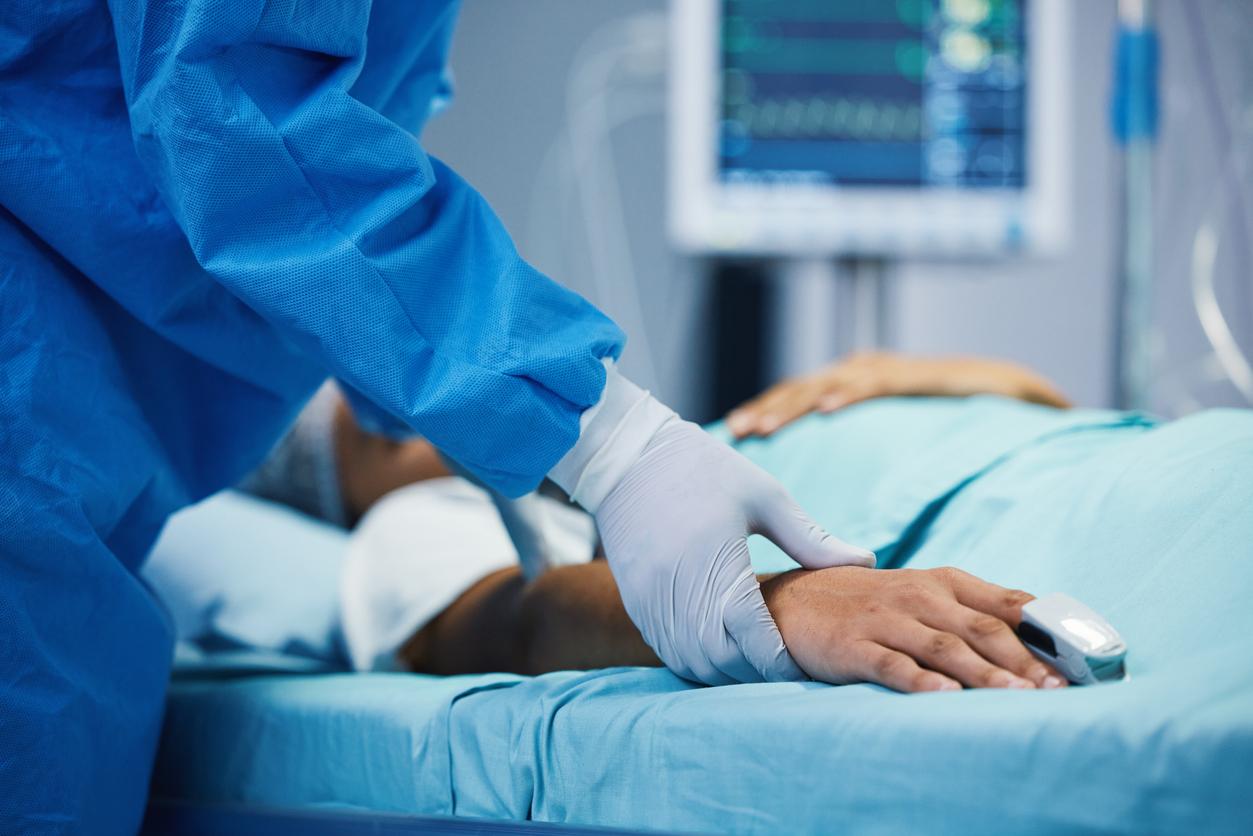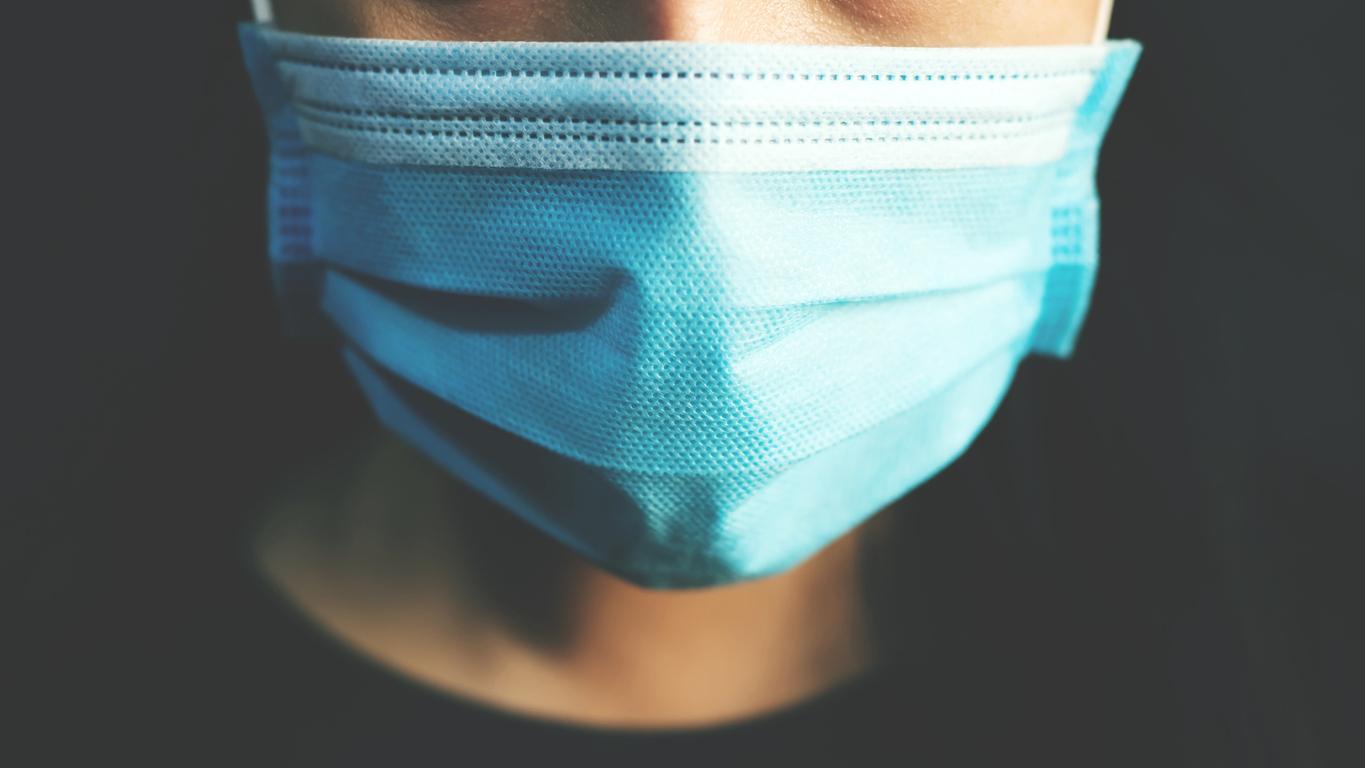The amount of liberal activity within the Assistance publique-Hôpitaux de Paris increased by 8%, according to a report.

In 2015, the 336 hospital practitioners who exercise a liberal activity within the AP-HP (Assistance publique-Hôpitaux de Paris) received nearly 36.5 million euros in fees. This represents an increase of 8% compared to 2014, according to a report unveiled on Friday by the site Hospimedia.
With a “significant increase”, greater than that of the “number of consultations and acts”, these fees reached precisely 36,478,326 euros, specifies the central commission of liberal activity of the AP-HP in its report. This represents an average annual turnover of 108,880 euros per doctor, compared to around 98,000 euros in 2014.
9.3 million for the AP-HP
Hospital doctors can exercise a private activity in a public hospital under certain conditions. The number of consultations and procedures carried out in respect of liberal activity must therefore be less than that practiced in respect of public activity, the time devoted to the liberal cannot exceed 20% of the weekly hospital service. These doctors must also donate part of their turnover to their employer depending on the procedures performed. For AP-HP, this fee amounted to 9.3 million euros in 2015 (+ 8% compared to 2014).
After two consecutive years of decline, the number of contracts authorizing the liberal exercise of the AP-HP has “slightly increased”, from 346 to 355, or 7% of eligible practitioners. Of this total, only “336 practitioners have really exercised a liberal activity”, for very disparate income: 116 practitioners received less than 50,000 euros for their liberal activity, while 11 others received more than 350,000 euros, including 6 more than 450,000.
There are also disparities between specialties and between establishments. The number of liberal activity contracts thus varies according to the hospital groups, from 6 in the Robert-Debré group to 60 for the Pitié Salpêtrière-Charles Foix, and more than half (51%) of the liberal activity contracts concern surgeons, far ahead of medical specialties (29%) and radiologists (11%).
.







